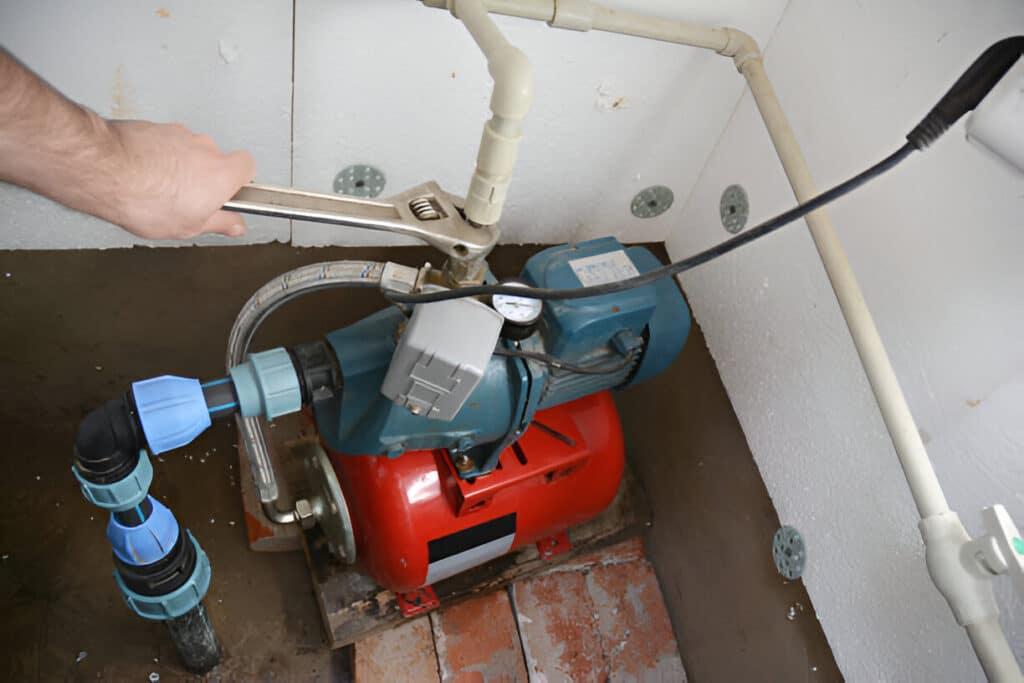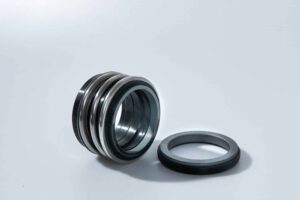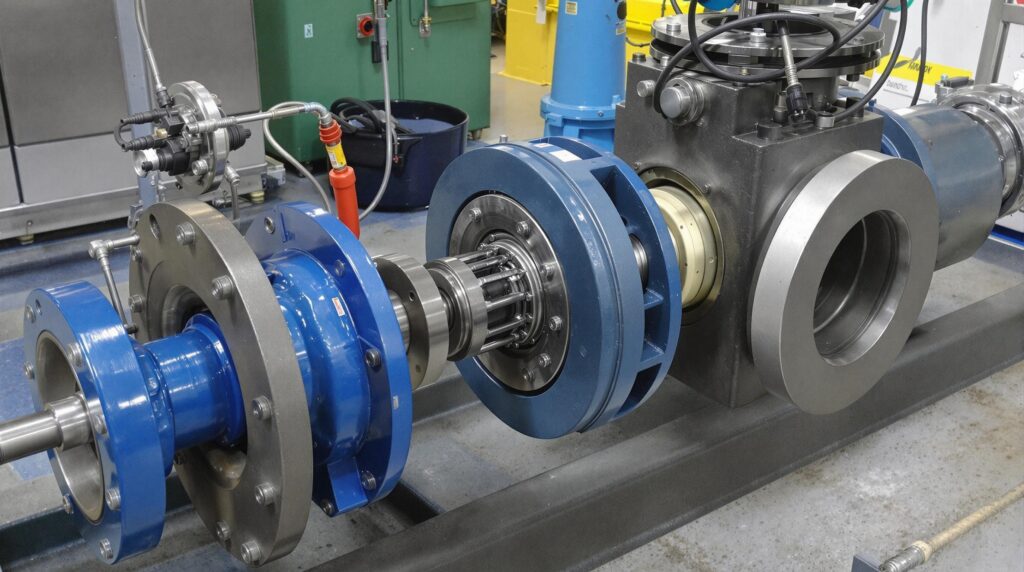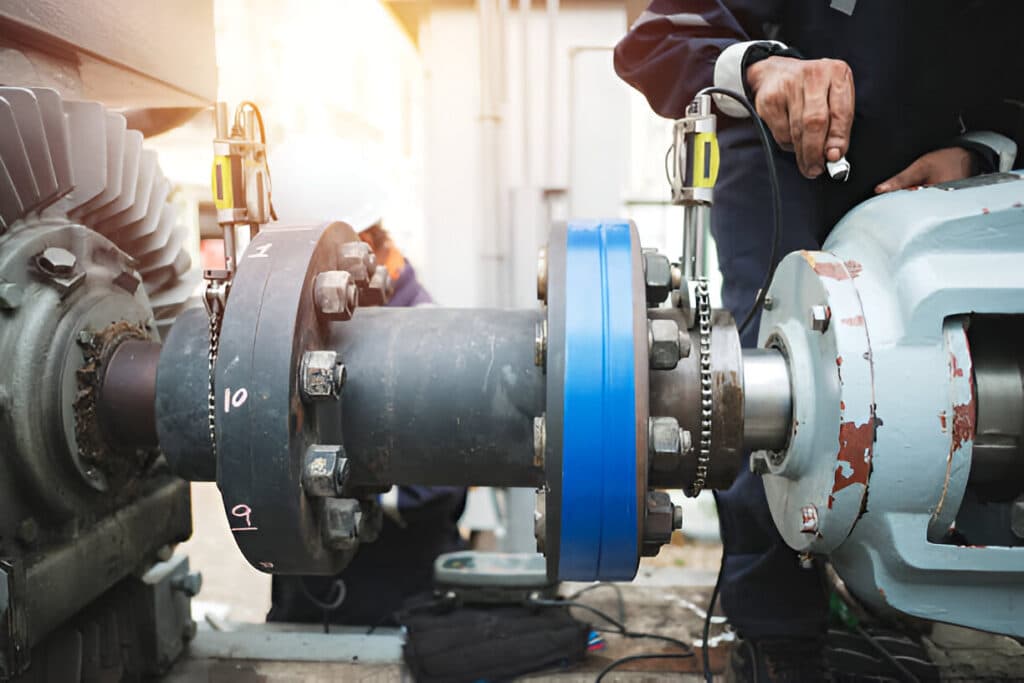Priming a well pump is essential for ensuring a steady water supply to your home. In this blog post, we’ll guide you through the process step-by-step.
To prime a well pump, you’ll need to fill the pump and pipes with water, creating pressure to draw water from the well.
By following our simple instructions, you’ll have your well pump up and running in no time.

Types of Well Pumps
Submersible Pumps
Submersible pumps are designed to be fully submerged in the water source, typically at the bottom of a well. The pump housing contains the electric motor, which is sealed and protected from water intrusion. One of the main advantages of submersible pumps is that they do not require priming, as they are already underwater. This eliminates the need for a foot valve or check valve to maintain prime.
Jet Pumps
Jet pumps, also known as shallow-well pumps, are a type of centrifugal pump that uses an ejector to create suction and draw water from the well. These pumps are installed above ground and are suitable for wells with a water depth of up to 25 feet. Jet pumps require priming to operate effectively, as they need to create a vacuum in the suction pipe to draw water from the well.
Centrifugal Pumps
Centrifugal pumps are another type of well pump that requires priming. These pumps use an impeller to create centrifugal force, which pushes water through the outlet pipe. Centrifugal pumps are typically used for shallow wells or as booster pumps to increase water pressure in the system. Like jet pumps, centrifugal pumps need to be primed before operation.
Step-by-Step to Prime Well Pump
1. Disconnect Power to the Pump
Before beginning the priming process, ensure that the pump’s electrical power is disconnected. Locate the pump’s power source, such as a breaker panel or outlet, and switch it off. This critical safety step prevents the pump from starting unexpectedly during the priming process.
2. Release Pressure from the System
Next, release any built-up pressure within the system. Locate the pressure relief valve, typically found near the pressure tank or pump discharge. Open this valve to allow air and water to escape until the pressure gauge reads zero. This step ensures that you can safely open the pump without risk of injury from pressure buildup.
3. Locate the Pump and Prime Plug
Find the prime plug on the pump housing. This plug is usually located on the top or side of the pump casing, depending on the specific model. The prime plug may be a large bolt, a threaded fitting, or a removable cap. Consult your pump’s manual for the exact location and type of prime plug.
4. Remove the Prime Plug and Open Relief Valves
Once you have located the prime plug, carefully remove it using the appropriate tools. If your pump has additional relief valves or drain plugs, open these as well to allow air to escape and water to flow freely during the priming process.
5. Fill the Pump Casing and Suction Pipe with Water
Using a clean water source, such as a garden hose or a container filled with water, begin filling the pump casing and suction pipe. Pour water into the opening where the prime plug was removed until the pump and suction line are full. This process may require several gallons of water, depending on the size of your pump and the length of the suction pipe.
6. Reinstall the Prime Plug and Close Valves
After filling the pump and suction line with water, carefully reinstall the prime plug, ensuring a tight seal to prevent air from entering the system. Close any relief valves or drain plugs that were opened during the priming process. Double-check that all connections are secure and leak-free.
7. Restore Power and Allow the Pump to Run
With the priming process complete, restore electrical power to the pump. Switch on the pump and allow it to run for several minutes. During this time, the pump will begin to build pressure and move water through the system. Monitor the pump’s performance closely during the initial start-up.
8. Check for Normal Operation and Water Flow
As the pump runs, check for signs of normal operation, such as consistent water pressure and steady water flow from faucets or fixtures. If the pump is functioning properly, there should be no air in the system, and water should be delivered smoothly. If you notice any issues, such as sputtering or inconsistent water flow, the pump may need to be re-primed or checked for leaks in the suction line.

Signs Your Pump Needs to be Primed
- Pump runs but delivers no water: This issue arises when there is no water in the pump casing or suction pipe, preventing the pump from creating the necessary pressure to draw water from the source.
- Decreased water pressure: When air enters the pump system, it can cause a reduction in water pressure, leading to a less efficient pumping process.
- Sputtering faucets or uneven water flow: Air pockets in the pump or suction line can cause intermittent water delivery, resulting in sputtering or inconsistent water flow.
- Pump cycles on and off frequently: When the pump loses its prime, it may struggle to maintain consistent water pressure, causing the pressure switch to trigger the pump to turn on and off repeatedly.
Troubleshooting Common Issues
- Pump won’t hold prime: If your water pump fails to maintain prime, it could be due to air leaks in the suction line, a faulty foot valve, or problems with the prime plug. Inspect the intake hose and pipe connections for leaks, and ensure the foot valve is functioning properly.
- Air leaks in the suction line: Even small air pockets in the suction pipe can cause the pump to lose prime. Check the entire suction line for leaks, paying close attention to connections and fittings. Use a garden hose to fill the pump casing and suction pipe with water before starting the pump.
- Foot valve or check valve problems: A faulty foot valve can allow water to drain back into the well, causing the pump to lose prime. Inspect the foot valve for debris, damage, or wear, and replace it if necessary. Ensure the check valve is installed correctly and functioning properly to maintain pressure in the system.
- Debris in the pump or impellers: Debris such as sand, silt, or foreign objects can clog the pump impeller or damage the pump housing. Regularly clean the strainer basket and filter screen to prevent debris from entering the pump. If the impeller is damaged, it may need to be replaced to restore proper water flow and pressure.
FAQs
How long can a deep well pump run continuously?
A deep well pump can run continuously for 20-30 minutes without damage. The pump should not run for more than an hour continuously. Overheating can occur if the pump runs too long without a break. It’s best to let the pump rest for at least 15 minutes after each continuous run.
Do You Have to Prime a Submersible Well Pump?
Submersible well pumps do not require priming. They are submerged in the water, which allows them to pump water without the need for priming. Submersible pumps are designed to be self-priming and can start pumping water as soon as they are turned on.
Do You Need to Prime a Well Pump More Than Once?
In most cases, a well pump only needs to be primed once. However, if the pump has been sitting idle for an extended period or has lost its prime due to a leak or other issue, it may need to be reprimed. If the pump frequently loses its prime, there may be a more serious problem that requires attention.
How do I get the pressure back up on my well pump?
To increase pressure on a well pump, first check the pressure switch and adjust it if necessary. Next, check for leaks in the system and repair any found. If the pressure tank is waterlogged, drain it and recharge it with air. If these steps don’t work, the pump may need to be replaced.
How many gallons of water to prime a well pump?
The amount of water needed to prime a well pump varies depending on the size and depth of the pump. Generally, 1-2 gallons of water is sufficient for most shallow well pumps. For deeper wells or larger pumps, up to 5 gallons may be necessary. Consult the pump’s manual for specific priming requirements.
In Conclusion
Priming a well pump is a straightforward process that ensures the proper functioning of the pump. By following the step-by-step instructions and safety precautions outlined in this guide, homeowners can successfully prime their well pump.





